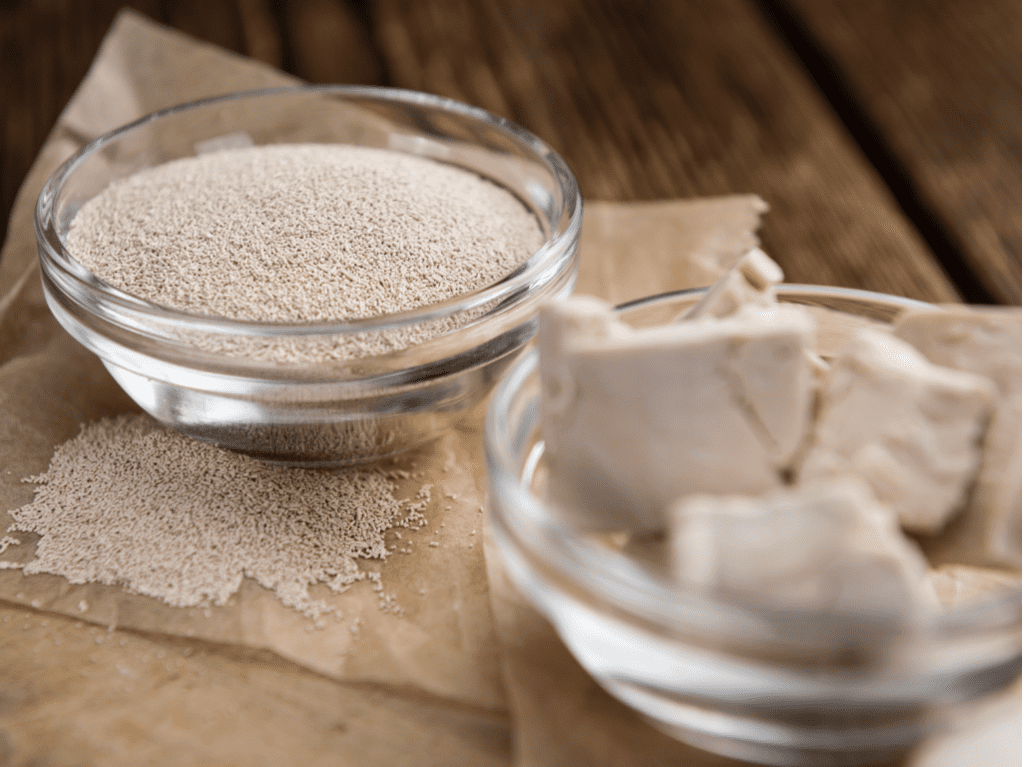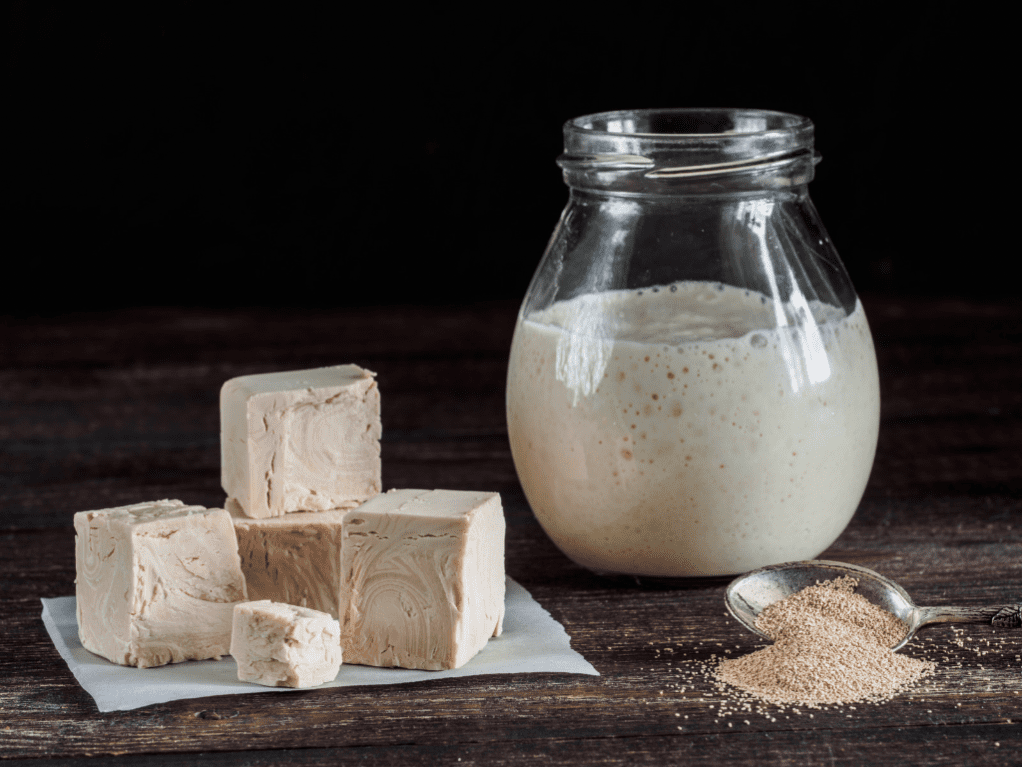Since the pandemic, there’s been an uptick in the number of people baking bread. Bread, dough, pizza, sourdough, all of these things have become almost a fetish in the newly locked-down society. We’re almost out of it, with the CDC announcing just the other day that masks are no longer a necessity after full vaccination, but one wonders if the baking craze will somehow continue.
Yes, baker’s yeast is a fungus. Many people wonder why it doesn’t resemble other fungi like mushrooms, and the main reason is that baker’s yeast is a unicellular organism. Instead of creating complex structures like mushrooms, baker’s yeast exists in a far more basic form.

Yeast lives in bread dough. It’s responsible for consuming sugar and releasing the carbon dioxide necessary for bread to rise. But yeast also dies in your oven. This post will explore the science behind baker’s yeast, in the hope that further knowledge will improve your baking skills.
Is Baker’s Yeast a Fungus?
Baking, for all intents and purposes, is very basic applied microbiology. It’s not much of an exaggeration, considering all bread’s texture comes from tiny microbes. Yeast, in particular, is a single-celled fungi that lives for sugar, and its love of sugar results in producing bubbles and booze for us.
Here are some things you may not have known about yeast that may make you a better baker.
Yeast (yes, that’s plural) are Territorial
Carbon dioxide and ethanol are released in an organism’s waste. For yeast, ethanol is a defense to keep competition away from its food supply. So yeast uses ethanol and carbon dioxide for two purposes: scaring away enemies and to break down the nutrients in flour it needs to survive.
Yeast starts to breathe the second it comes into contact with a food source. When sugar is plentiful, the yeast starts the fermentation process. This is furthered along by the baker breading and kneading dough, allowing more oxygen to flow. The more oxygen the yeast gets, the more fermentable sugars are available.
So it’s always important to thoroughly bread and knead your dough.
You Can Control Fermentation

There’s a reason being precise with measurements in baking is so important – far more so than cooking. Too much salt or sugar can actually slow the fermentation process. The same is true of moisture content. A dough with low-hydration levels is going to take longer to ferment. Keep in mind that dough with too much water will become sticky.
This is why it’s recommended to keep dough in cool, dry temperatures or, better still, get a yeast sauna that will help speed up fermentation.
Yeast Makes Bread Smell Good
Yeast is commonly mistaken for just an inflater that adds gas to make bread grow. But if it’s to be compared to a chemical plant, it’s a very complicated one that has several different machines working on different components of the bread.
The longer the dough ferments, the yeast flavours get more and more pronounced. Aromatic compounds are produced, resulting in that freshly-baked bread smell that gets your attention when walking past a bakery in the morning.
Yeast Changes Your Bread’s Consistency
There are two chemicals in yeast that are a little bit of a concern: the enzyme protease and tripeptide glutathione. Protease chews protein, weakening it, and the tripeptide glutathione breaks down the bonds of connected molecules.
These two chemicals can seriously damage your dough’s consistency. Adding a small amount of deactivated yeast can amend this. It’s important, however, that you don’t use too much deactivated yeast, as an overabundance can increase the level of the two chemicals rather than neutralize them.
It’s Okay to Substitute Yeast
Since baking became popular again, there’s been a debate raging about what kind of yeast best works with bread: active, dry, fresh or instant. Some bakers swear by fresh, which has led to some backlash against dry.
Fresh yeast is certainly a good option, however it must be used quickly, as it doesn’t have much of a shelf life. There’s no reason, with the right baker at the helm, why any of these yeasts are preferable to others. Just be sure you’re fully equipped and know how to work with the yeast you’re using.
Fun Fact
Baker’s yeast comes from wild strains. The same wild strains, interestingly enough, used to make the finest European wine and Asian rice wine. It’s actually quite a long history that’s sort of a melting pot of fermentation process technology that would take years of research. Fortunately, researchers have traced the roots of baking that far.